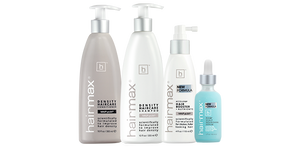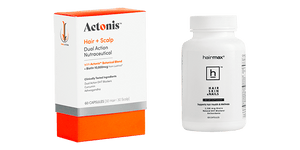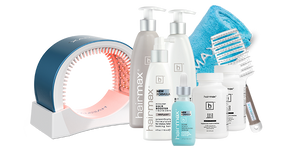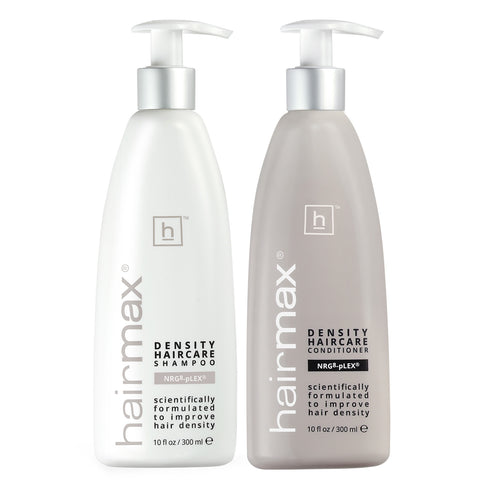Most people when deciding to treat themselves with a topical drug for conditions of skin and hair (or on the recommendation of their physician), do not realize that use of many of these drugs also can cause internal side effects from their use. Many drugs used topically are also absorbed into the blood stream from the skin. As an example, corticosteroids taken internally for a vast number of medical conditions, can cause adrenal suppression. These drugs are also formulated in topical form and are widely used for treating all sorts of skin conditions such as eczema, seborrheic dermatitis, inflammation, etc. However, in some cases these drugs are absorbed from the skin and can also result in adrenal suppression. Some other drugs known as retinoids have been associated with causing birth defects in animals and therefore when used systemically are not indicated for use in women of childbearing potential. A few drugs in this class are also available in topical formulations, but because of the risk of systemic absorption they are not recommended for use in women of childbearing potential. Finally, many topical antibiotics such as clindamycin are used to treat acne, but have also been known to be absorbed from the skin and cause major gastrointestinal problems, just as they do when ingested.
When doctors prescribe topical drugs to treat medical conditions, they assess the benefit of the use of the drug vs. the potential to cause systemic side effects. Depending on the seriousness of the medical condition being treated, the risk of certain side effects occurring is worth the benefit derived from use of the drugs in treatment. If they feel that the benefit outweighs the risk of side effects, they prescribe or recommend the drug.
An excellent example of applying this benefit to risk assessment is with the drug minoxidil. This drug was originally developed to treat severe heart conditions, and there were numerous serious side effects associated with it. However, doctors determined that the benefit in using this drug far outweighs any risk of side effects if the patient is carefully monitored. Minoxidil was also formulated as Rogaine® for topical use to grow hair in men and women with hereditary hair loss. From 1/1/2004 to 03/31/2012, there have been 876 reports of a serious adverse event where Rogaine was identified as the primary suspect drug¹. While use of the drug topically has produced a low number of serious systemic side effects, many of those that have occurred are related to cardiac side effects such as dizziness, and increased heart rate.
What all of this means, is that when you treat yourself with topical drugs you can’t just assume that they are benign, so you must weigh the benefit of using the drug compared to its potential for occurrence of systemic side effects. This is particularly true when you are treating yourself for aesthetic conditions such as aging skin and hair loss.
In recent years, the advent of lasers has revolutionized the treatment of many aesthetic conditions, eliminating the concern of side effects occurring from use of using topical drugs. One outstanding example of a non-drug alternative is the HairMax LaserComb® which is also indicated to treat hereditary hair loss.
Prior to the introduction of the HairMax there was only one drug that was approved by the FDA to treat hair loss in both men and women – Rogaine. The non-drug HairMax on the other hand, uses laser phototherapy to effectively treat hair loss and promote hair loss in men and women and has FDA Clearance. Best of all, there have never been any reports of serious side effects occurring from use of the HairMax LaserComb. This is in contrast to Rogaine, where there have been a number of reports of serious systemic side effects occurring. This perfectly illustrates that need to assess the benefit of using a drug to treat aesthetic conditions vs. the potential risk that can occur from use and to seek alternatives that have a greater benefit to risk ratio.
The use of topical drugs can be a ‘double-edged sword’ which while giving good treatment results, can also cause unforeseen internal side effects from their use. When treating aesthetic conditions in particular such as hair loss, assessing the benefit to the risk entailed in use is an important consideration. Seeking non-drug alternatives such as the HairMax LaserComb is an ideal way of gaining effective treatment, but with little if any risk from use.
¹ http://adverseevents.com/drugdetail.php?AEDrugID=5070&BrandName=ROGAINE
Join the Conversation: http://www.facebook.com/hairmax
Follow us: http://www.twitter.com/hairmax
Share Your Experience: http://www.hairmaxforum.com/









